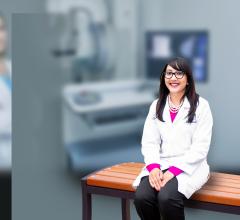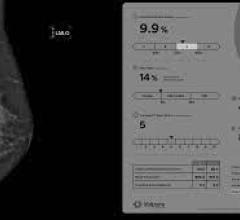
July 29, 2009 - A computer program designed by a University of Chicago team uses artificial intelligence to analyze the features of ultrasound images in order to help doctors predict earlier whether a woman's cancer has metastasized. Radiologists often start by using diagnostic ultrasound to noninvasively probe the nearby lymph nodes. But in the early stages of cancer, lymph nodes often appear completely normal even if the cancer has metastasized. The team will discuss the first preclinical results obtained using this program in their talk, "Quantitative Image Analysis for Prognosis in Newly Diagnosed Breast Cancer Patients with Sonographically Normal Appearing Lymph Nodes," on July 29 in Room 304A at the American Association of Physicists in Medicine (AAPM), July 26 - 30, 2009, in Anaheim, Calif. Currently there are no automated methods approved by the Food and Drug Administration for diagnosing cancer, but on Wednesday the team will report the results of a preliminary pilot study that retrospectively reanalyzed the diagnostic ultrasounds of 50 women with suspected breast cancer who all had lymph nodes that appeared normal in the ultrasound - suggesting that their cancers had not metastasized. All 50 women later underwent surgery to remove their cancers and axillary lymph nodes, and tissue biopsies of the lymph nodes revealed that 20 of them had metastatic cancer and 30 of them had cancer that remained localized at the time of surgery. The pilot study aimed to determine if the computer would have accurately identified the 20 metastatic cases based on analyzing the ultrasound images of the tumors. The program performed promisingly well, says medical physicist Karen Drukker, Ph.D., a research associate and assistant professor in the department of radiology at the University of Chicago, who will be presenting results in Anaheim that demonstrate the program's potential for diagnosing metastatic disease. "We discovered that a computer analysis of breast ultrasound could potentially predict with promising accuracy which patients had metastasis and which did not," says Drukker. Next they plan to start an observer study in which several radiologists will use the computer program to see if it enhances their ability to diagnose metastasis - again, based on retrospective cases for which the answer can later be revealed. For more information: www.aapm.org/meetings/09AM/PRAbs.asp?mid=42&aid=10335


 July 24, 2024
July 24, 2024 








